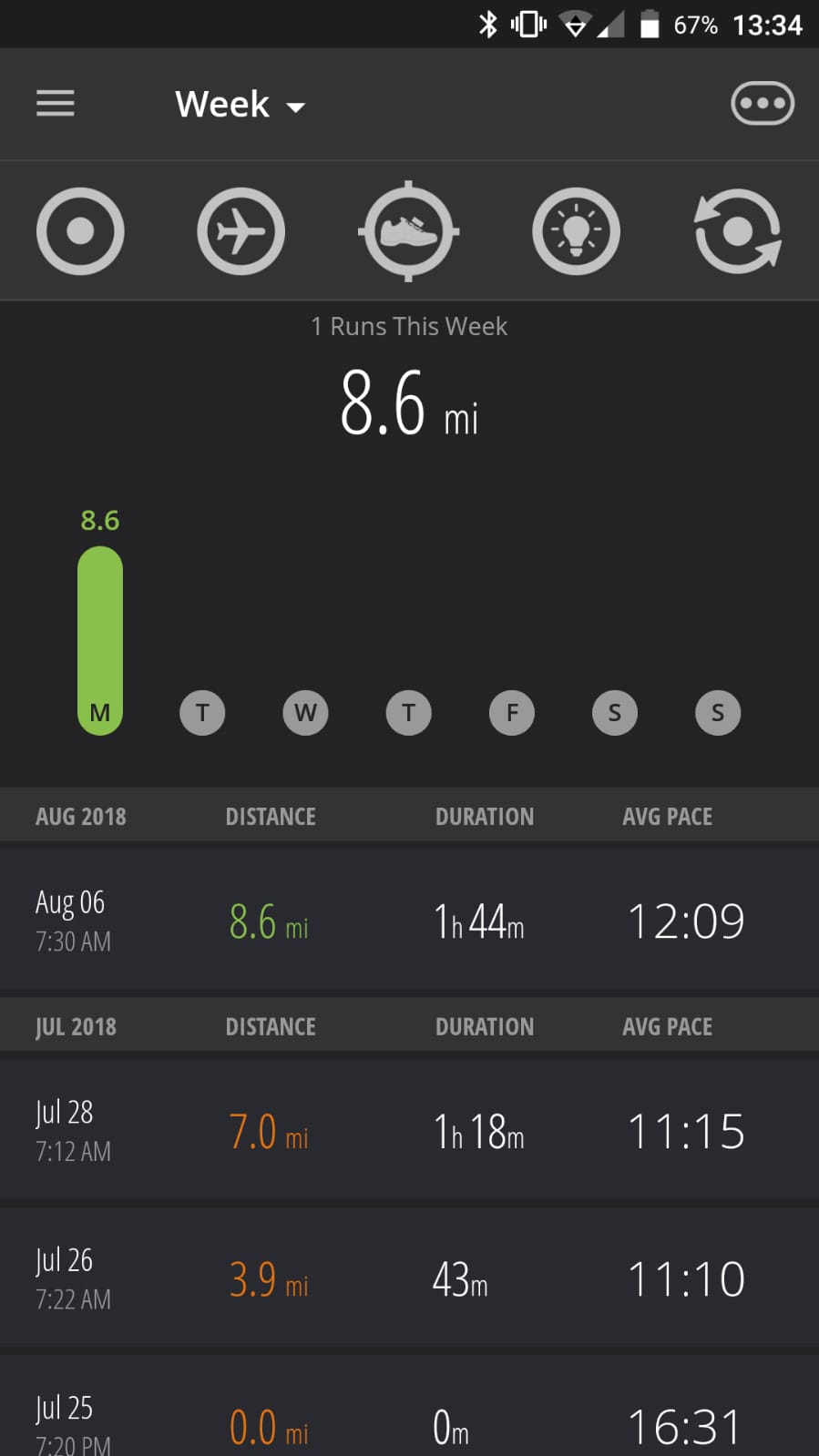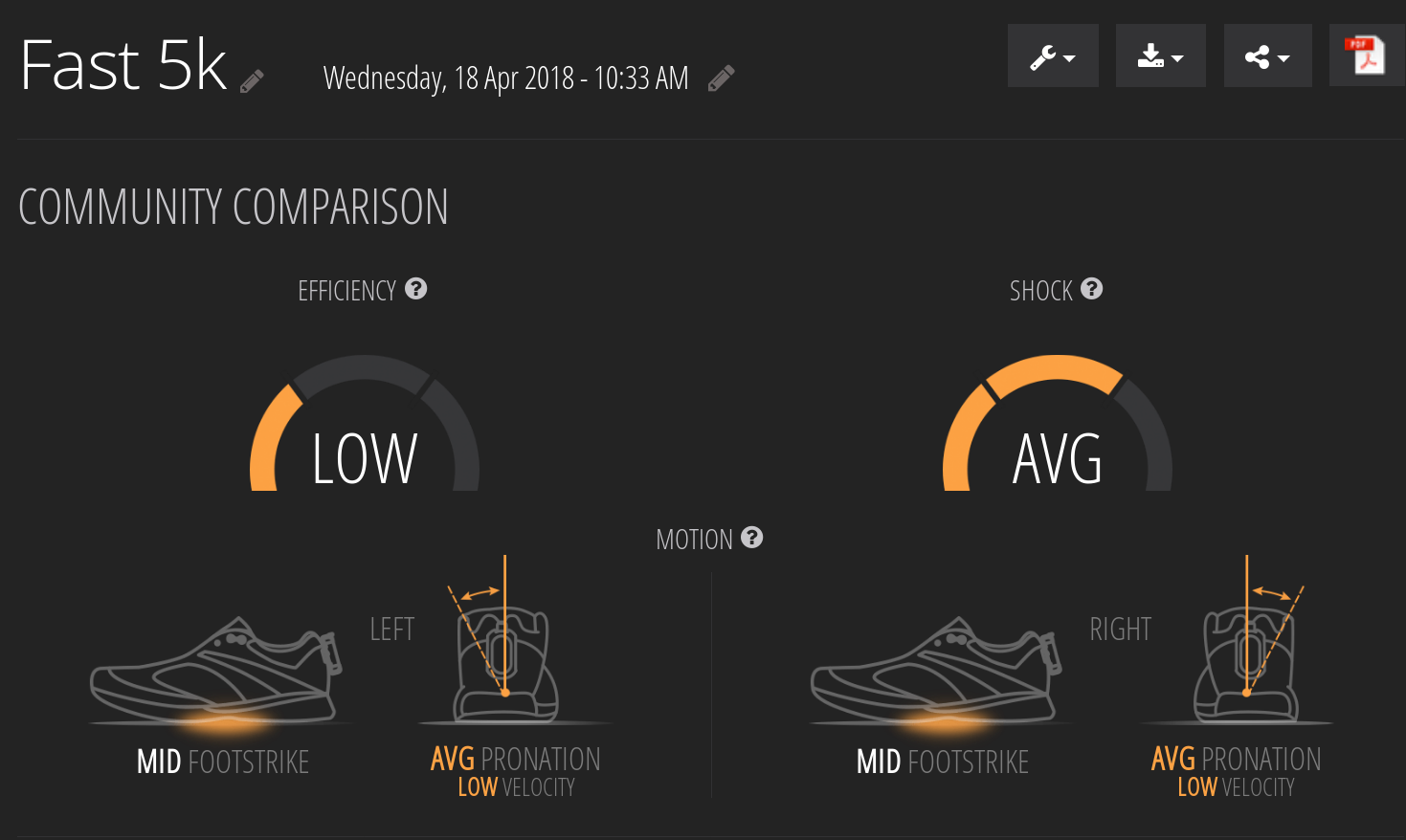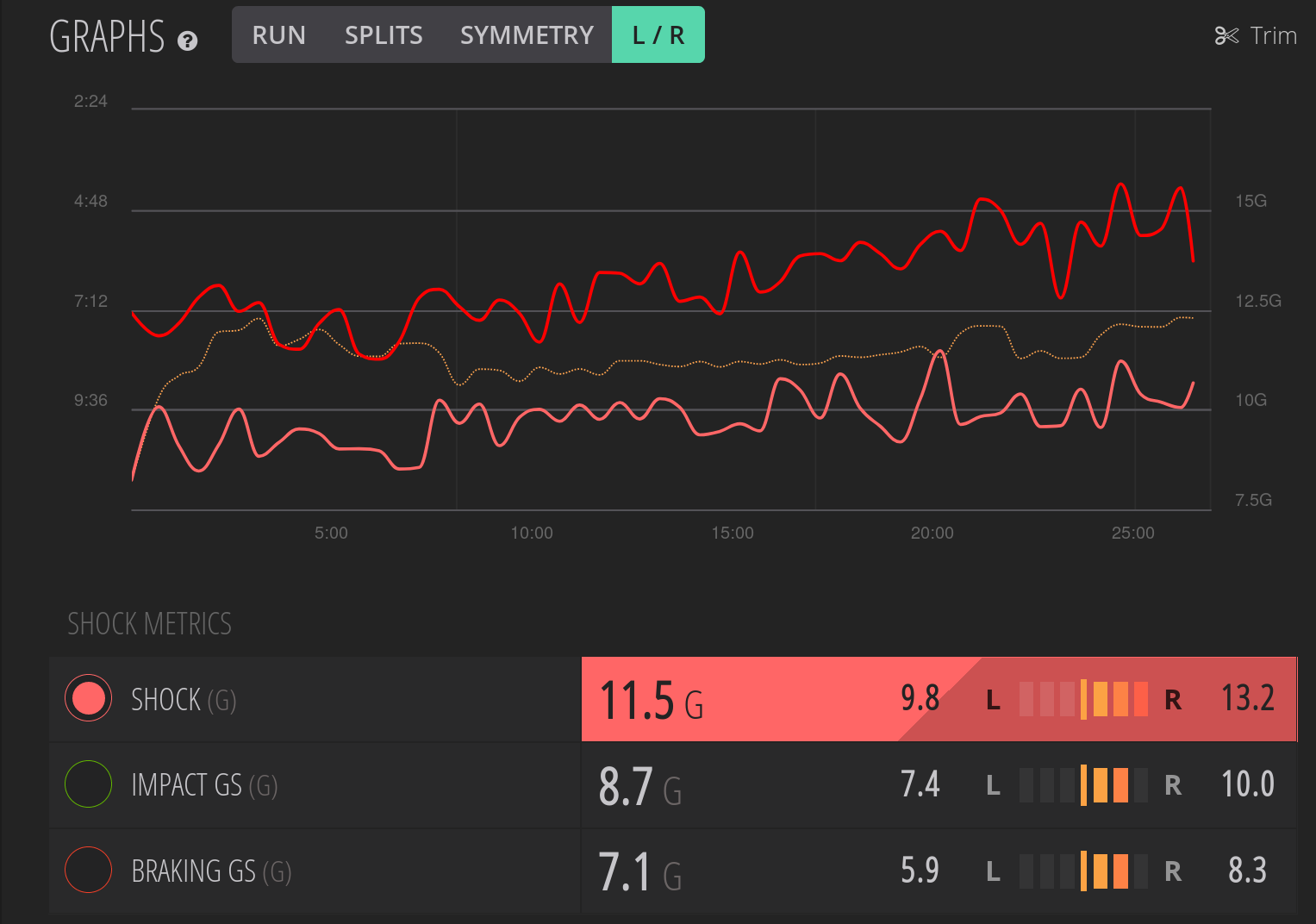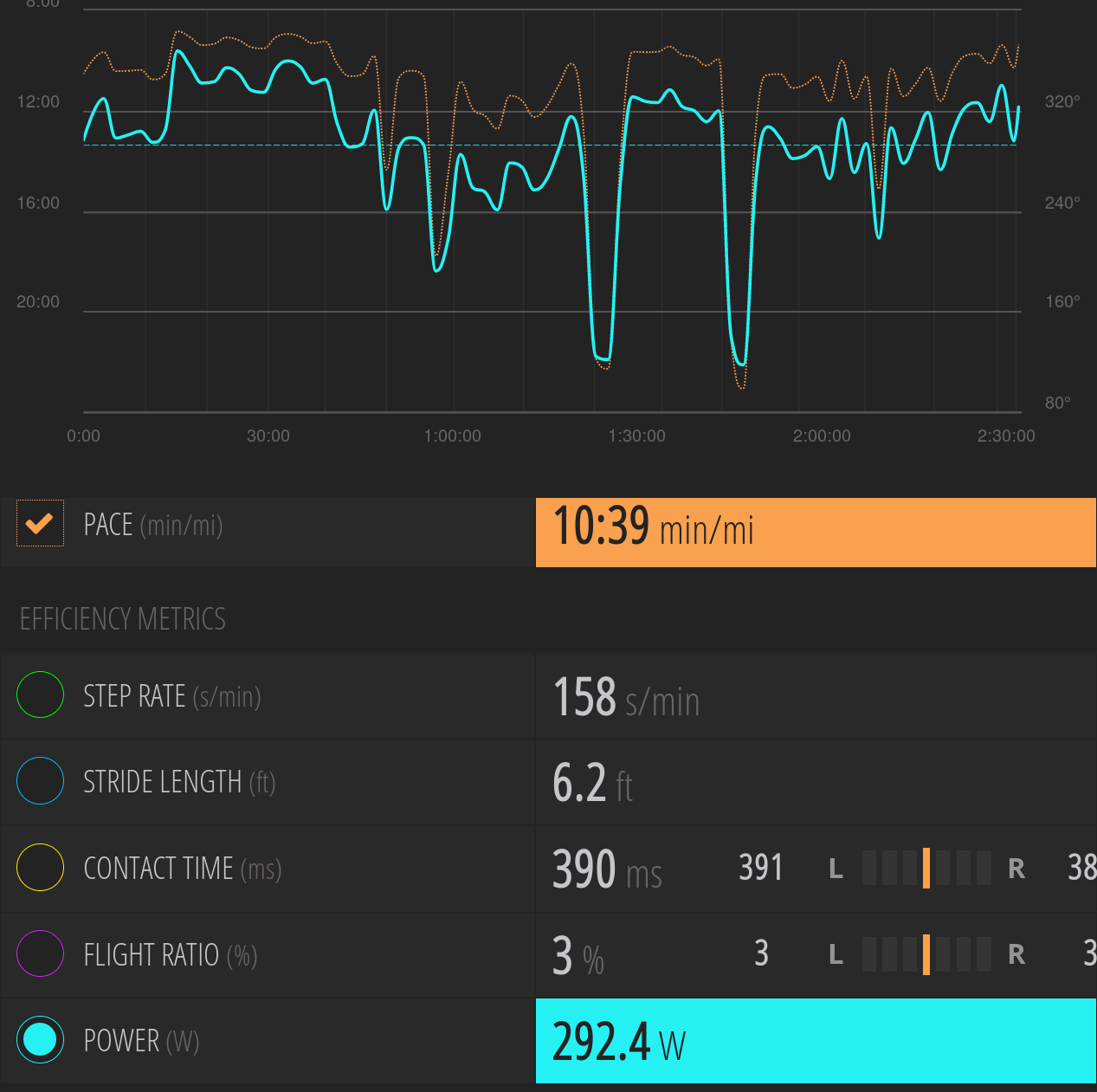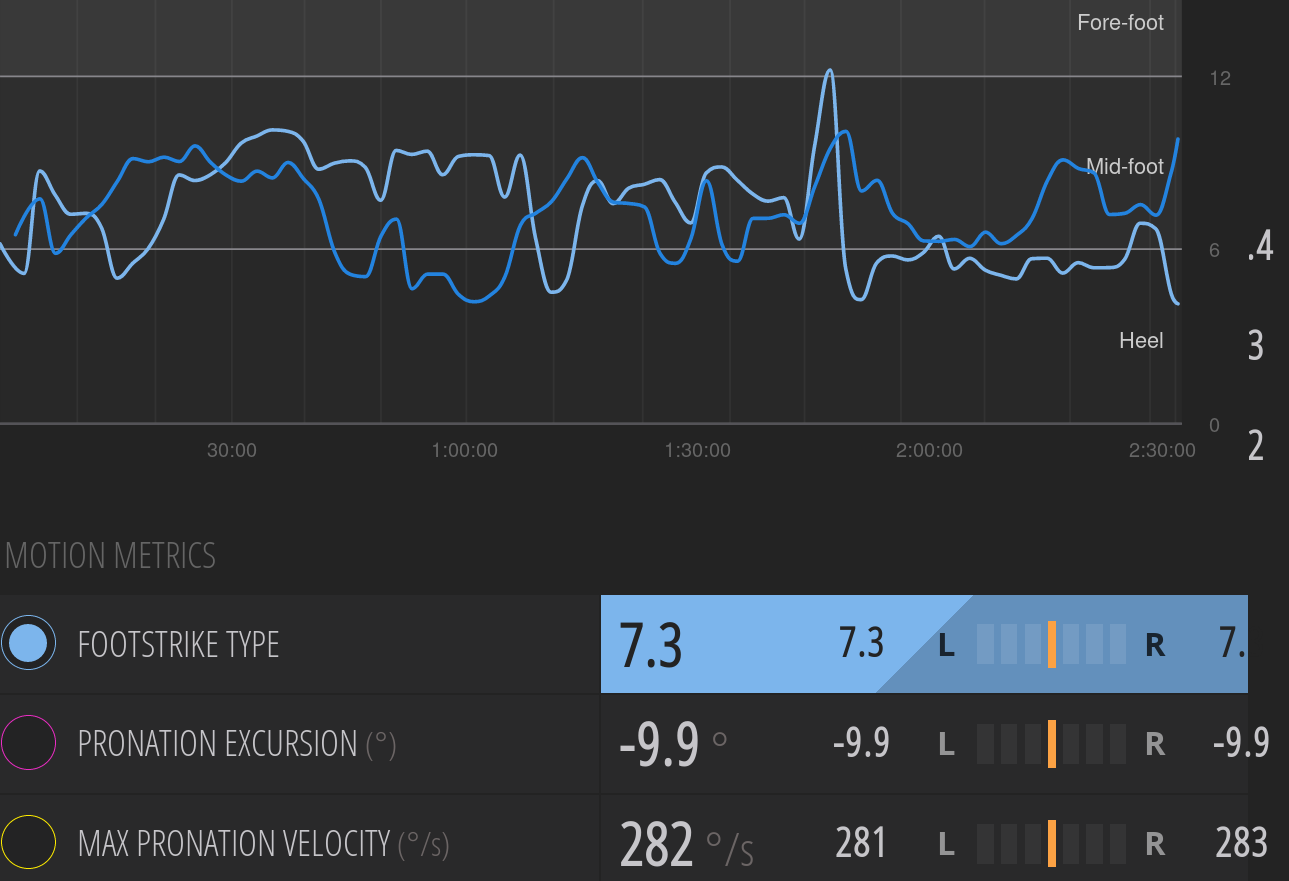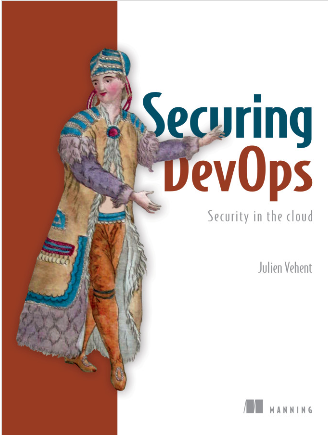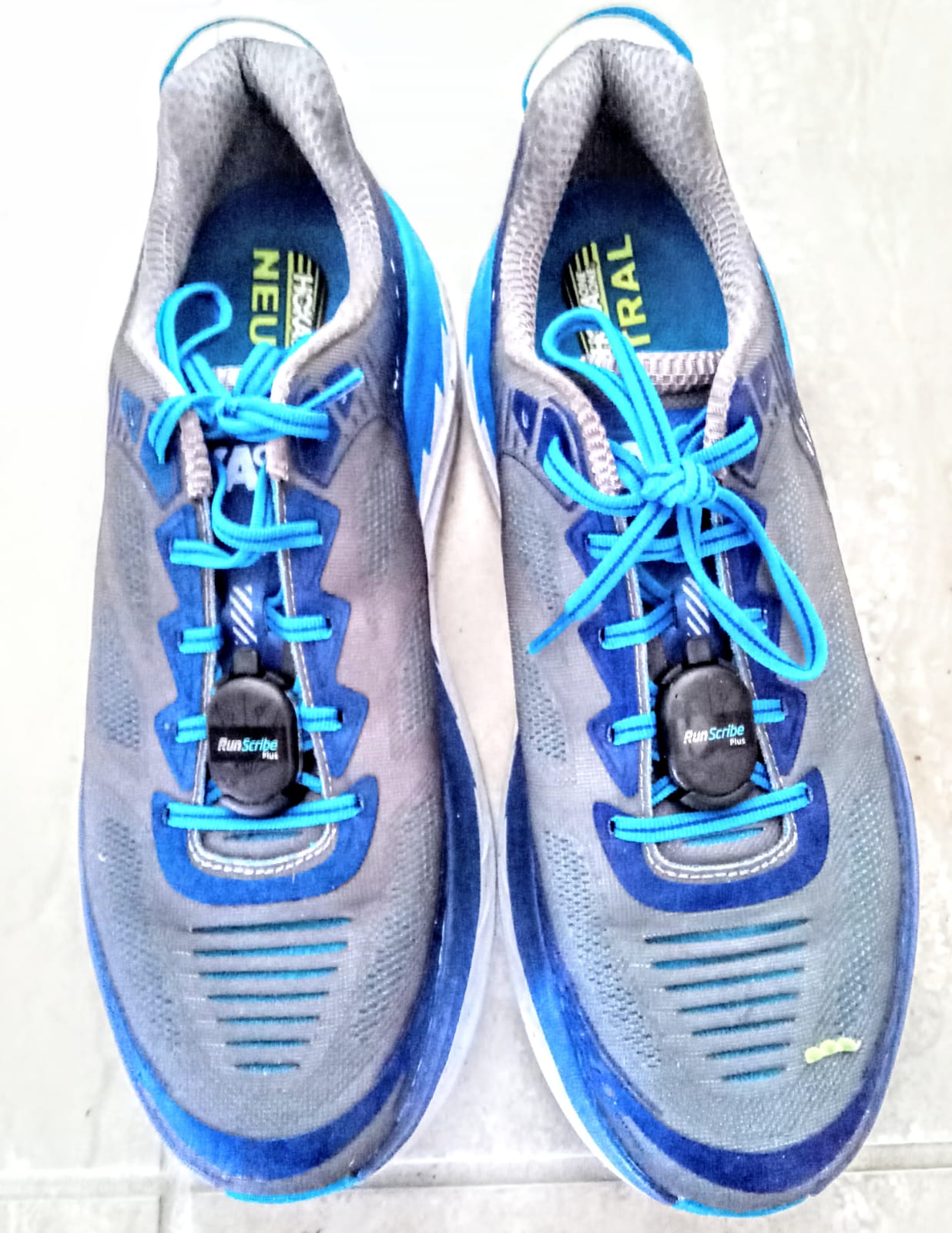
Six months ago, I broke the bank and bought a pair of Runscribe Plus running pods. I was recovering from a nasty sprain of the deltoid ligaments acquired a year ago while running a forest trails, and was looking for ways to reduce the risk of further damage during my runs.
Also, I love gadgets, so that made for a nice excuse! :)
After reading various articles about the value of increasing step rates to decrease risk of injury, I looked into various footpod options, the leading of which is the Stryd, but wanted to monitor both feet which only the Runscribe Plus can do. So I did something I almost never do: ordering a gadget that hasn't been heavily reviewed by many others (to the exception of the5krunner).
Runscribe Plus, which I'll abbreviate RS, is a sensor that monitors your feet movement and impact while you run. It measures:
- pronation: rolling of the foot, particularly useful to prevent sprains
- footstrike: where you foot hits the ground, heel, middle or front
- shock: how much force your feet hit the ground with
- step rate
- stride length
- contact time
- and a bunch of calculation based on these raw metrics
My RS arrived less than a week after ordering them, but I couldn't use them right away. After several hours of investigation and back and forth with the founder, Tim Clark, by email, we figured out that my pods shipped with a bogus firmware. He remotely pushed a new version, which I updated to using the android app, and the pods started working as intended.
Usability is great. RS starts recording automatically when the step rate
goes above 140 (I usually run around 165spm), and also stop
automatically at the end of a run. The android app then downloads
running data from each pod and uploads it to the online dashboard. Both
the app and the webui can be used to go through the data, and while the
app is fine to visualize data, I do find the webui to be a lot more
powerful and convenient to use.
The cool thing about RS is being able to compare left and right foot,
because each foot is measured separately. This is useful to detect and
correct balance issues. In my case, I noticed after a few run that my
injured foot, the left one, was a lot less powerful than the right one.
It was still painful, and I simply couldn't push on it as much, and the
right foot was compensating and taking a lot more shock. I tried to make a conscious effort to
reduce this imbalance over the following month, and it seem to have paid
off in the end.
The RunScribe Dashboard displays shock data for each foot recorded during a 5k. The dark red line represents the right foot and is taking a lot more shock that the light red one representing the left foot.
It's possible to use the RS to measure distance, but a lot of users
on the forum have been complaining about distance accuracy issues. I've run into some of those, even after calibrating the pods to my stride length over a dozen runs. I would go for a 5 miles run with my gps watch and RS would measure a distance of anything between 4 and 6 miles. RS doesn't have a GPS, so it bases those calculations on your stride length and step count. Those inaccuracies didn't really bother me, because you can always update the distance in the app or webui after the fact, which also helps train the pod, and I am more interested in other metrics anyway.
That being said, distance inaccuracy is completely gone. According to Garmin, this morning's run was 8.6 miles, which RS recorded as 8.5 miles. That's a 1% margin of error, and I honestly can't tell which one is right between RS and Garmin.
So what changed? I was previously placing the pods on the heels of my shoes but recently moved to the laces, which may have helped. I also joined the beta program to get early firmware updates, and I think Tim has been tweaking distance calculation quite a bit lately. At any rate, this is now working great.
RS can also broadcast live metrics to your running watch, which can then be displayed on their own screen. I don't find those to be very useful, so I don't make use of it, but it does provide real-time shock and step rate and what not.
What about Power?
I'll be honest, I have no idea. Running power doesn't seem extremely useful to me, or maybe I need to spend more time studying its value. RS does expose a Power value, so if this is your thing, you may find it interesting.
Take Away
RS is definitely not for everyone. It has its rough edges and exposes data you need to spend time researching to understand and make good use off. That said, whether you're a professional athlete or, like me, just a geek who likes gadgets and data, it's a fantastic little tool to measure your progress and tweak your effort in areas you wouldn't be able to identify on your own. I like it a lot, and I think more people will adopt this type of tool in the future.
Did it help with my ankle recovery? I think so. Tracking pronation and shock metrics was useful to make sure I wasn't
putting myself at risk again. The imbalance data is probably the most
useful information I got out of the RS that I couldn't get before, and
definitely justifies going with a system with 2 pods instead of one. And, if anything else, it helped me regain confidence in my ability to do long runs without hurting myself.
Footstrike metrics for left and right foot recorded during a half marathon shows I mostly run on the middle and back of my feet. How to use that data is left as an exercise to the runner.
Last, but most certainly not least, Tim Clark and the Runscribe team are awesome. Even with the resources of a big shop like Garmin, it's not easy to take an experimental products through rounds of testing while maintaining a level of quality that satisfies runners accustomed to expensive running gear ($700 watches, $200 shoes, etc.). For a small team to pull this off is a real accomplishment, all while being accessible and creating a friendly community of passionate runners. It's nice to support the underdog every once in a while, even when that means having to live with minor bugs and being patient between updates.
note: this blog post was not sponsored by runscribe in any way, I paid for my own pods and have no affiliation with them, other than being a happy customer.


